Perfect Pairs: Which Beauty Products You Should and Should Not Layer
6 years ago by
Some things just go together: cheese and wine, white shirts and blue jeans, Meghan and Harry. But, if you’ve ever accidentally poured month-old milk into your morning coffee, you’ll know the effects of things that definitely do not go together.
Skincare is much the same. But the thing is, it’s much harder than, say, curdled milk to spot the things that don’t go together because every week there’s a shiny new product on the shelf, luring you in with ingredients you can’t pronounce all bearing the promise of younger, shinier, clearer skin. And naturally, you want it all. Even for someone who writes about it for a living, skincare can be just plain overwhelming.
Somewhere between our Ten-O-Six splashing teens and Korean nine-step nighttime routines beauty got really confusing. And now, you basically needed a PHD in chemistry to understand if acid is good for pigmentation, or whether hemp oil would do the trick. Beauty got hard. But we believe it shouldn’t be. Which is why we’ve enlisted the help of some people that never get bamboozled at the beauty counter to decipher the mysterious language of modern age beauty products, what the hell they all do, and how to find the perfect ingredient pairings for your skin.
Active Wear
Seen the word “active ingredient” bounced around in beauty editorials? Well these guys aren’t just sporting a bit of Lululemon while they lunch with Susan at Bergdorf’s. These ingredients, they work hard for the money – and the money is your face. Dr. Morgan Rabach, board certified dermatologist and co-founder of LM Medical explains, “these ingredients cause a biological change in the skin cells and have been studied and proven to effect this change in a laboratory setting.” It’s these ingredients that essentially address the skin concern(s) that made you pick up the product in the first place, for example, salicylic acid in a spot treatment. And, because of their potency the FDA regulates them in a similar way to medication.
So if the active ingredients are the heavy hitters, are the inactive ones just slugging around on the bench, napping between innings? Dr. Rabach says no. “These are important because depending on how they interact with the active ingredient, will help determine how much the active ingredient affects the skin.”
Knowing the power of these ingredients, it’s no surprise that getting a little product-happy can actually have the reverse effect and irritate the skin. Melanie Grant, skin expert and founder of Melanie Grant Skin Health and the Skin Edit says, “When it comes to powerful, active skin care the more is not the merrier,” she says. “It is important to ensure your regime is a careful balance of actives as well as calming and nourishing products that feed and protect skin.”
As a general rule Melanie would recommend no more than three or four actives at any one time, and importantly, new actives should be introduced into your routine slowly so your skin can get used to them. Going too hard on actives would most commonly cause your face to become overly dry and flaky, but in some (more extreme) cases it can cause an almost chemical-burn-like reaction.
Like Toothpaste and Orange Juice
As we’re generally not in favor of chemical-burn like reactions, here are a few pairings our experts recommend avoiding:
– Acids like glycolic, salicylic acid, alpha or beta hydroxy acid + retinoids: This combination may be too harsh on the skin, especially if you have reactive, dry or sensitised skin types.
– Azelaic acid and hydroquinone (both used for hyperpigmentation) with retinols: Again the combination is too harsh and drying.
– AHAs and BHAs with vitamin C: Vitamin C is an acid (L-ascorbic acid) and too much acid can be drying and may sensitive skin.
– Retinols and benzoyl peroxide (an active common to blemish products): Both are extremely potent and drying and will irritate the skin further when used together.
– Vitamin C and glycolic acid: Avoid layering these two as again it’s too harsh when used together!
– Glycolic acid and salicylic acid: This combo will be very drying on the skin.
Meanie further notes that vitamin C and retinol also don’t play well together as they “function optimally in completely different pH environments”, and also warns against citric acid, which can be irritating to the skin, even on its own.
Like Peas and Carrots
On the flip side of course, choosing your actives wisely and knowing what you can layer will get you some pretty amazing results. However, efficaciousness is not just about the layering. Dr Rabach says “it’s important to chose a product with a proven amount of active ingredient in it versus choosing based on the formulation”. When it comes to your routine, she suggests applying your active compound first, followed by something moisturising. So follow something drying (like a retinol) with something like hyaluronic acid, which will nourish and moisturise the skin.
Here, Melanie (who has worked on the faces of people like Victoria Beckham) shares her favourite pairings for really, really ridiculously good skin – and every skin concern:
Dullness: Vitamin C + Hyaluronic acid
“Vitamin C works to firm, brighten and unify your skins tone as well as protecting against harmful free radical damage. Add a hyaluronic acid serum to quench dehydration and plump out fine lines to create a supple, dewy finish with a radiant glow. Layer a hylauronic serum over the top of your vitamin C serum in the morning” says Melanie.
Fine lines: Retinol + vitamin C + peptides
“Retinol is one of my favourite skin care ingredients due to its powerful anti-ageing properties,” says Melanie. “This can be used at night, underneath a peptide rich night cream. Then in the morning apply an antioxidant rich, vitamin C serum, to firm, brighten and protect against environmental aggressors.”
Sensitized skin: Linoleic acid or hyaluronic acid + vitamin B3
Melanie says, “including essential fatty acids such as linoleic acid work to reinforce your skin’s barrier. Niacinamide (vitamin B3) strengthens, restores and hydrates a sensitised complexion.” She also suggests avoiding harsher retinoids and intense actives like glycolic acid as they can exacerbate sensitized skin.
Blemished skin: Salicylic acid + AHA + niacinamide + hyaluronic acid
Salicylic acid will deep clean and decongest pores by cutting through the oil to liquefy dirt, bacteria and debris, while an AHA based cleanser (like glycolic or lactic acid) will help to gently exfoliate. Melanie then suggests following with ingredients “like Niacinamide (a potent antioxidant) and Zinc (an anti-inflammatory, immune-boosting mineral) which will accelerate healing and minimise reactivity, and a serum with Vitamin B5 and/or hyaluronic acid will further hydrate skin while reducing flare-ups and erythema within the skin.”
For all-round glow: AHAs + retinol + vitamin C + salicylic acid
?All of Melanie’s clients are renowned for having “that Melanie Grant glow” (seriously, have you seen Victoria Beckham’s skin lately?). This is her favourite all-rounder routine for glowing skin.
Start with an AHA cleanser: “I love lactic acid to purify, exfoliate and brighten your skin in one step. Lactic acid is gentle enough for most skin types and won’t strip or dehydrate your skin,” she says. For day, follow this with a vitamin C serum for antioxidant protection, firming and brightening and a salicylic acid tonic or serum to purify, decongest and reduce inflammation. “And, of course always apply a broad spectrum SPF, especially when using active skincare,” says Melanie. At night, switch out your vitamin C and salicylic for a slow-release retinol for texture refinement and plumping.
And one final piece of sage advice before you go and overhaul your beauty cupboard: it won’t happen overnight. You need to allow some time for the ingredients to work their magic. Dr. Rabach says “it takes a least a month to see how a new product is affecting the skin, so you need to be in it for the long haul to really see results!” Have patience and stick to your routine, like, well a routine because that’s when you’ll see the results roll in.

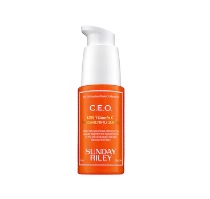

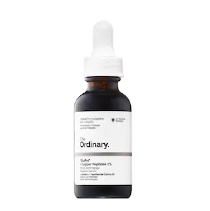
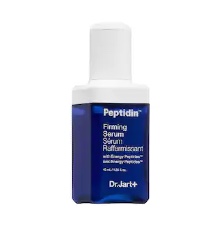
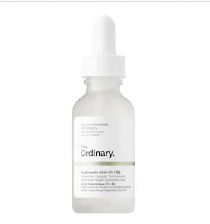
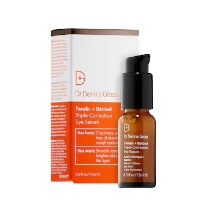
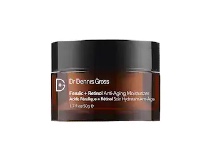
























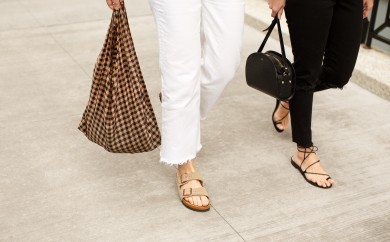
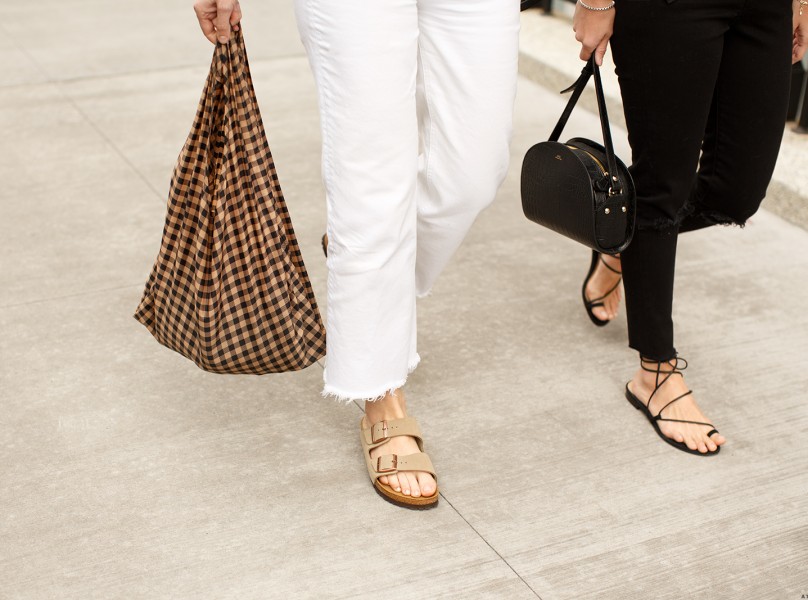
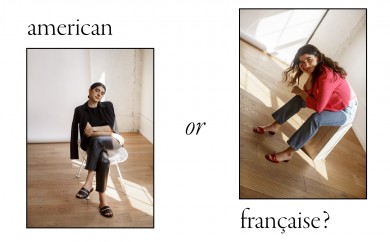
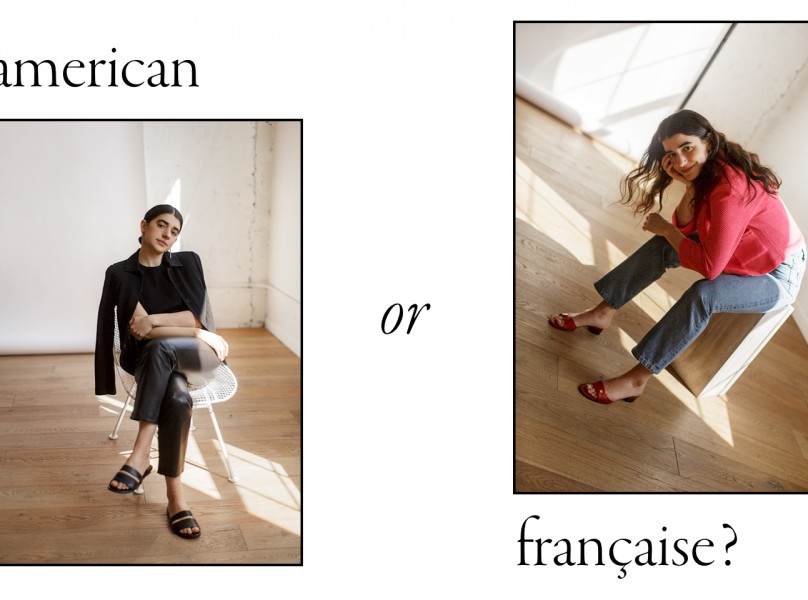
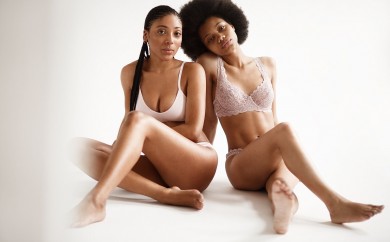
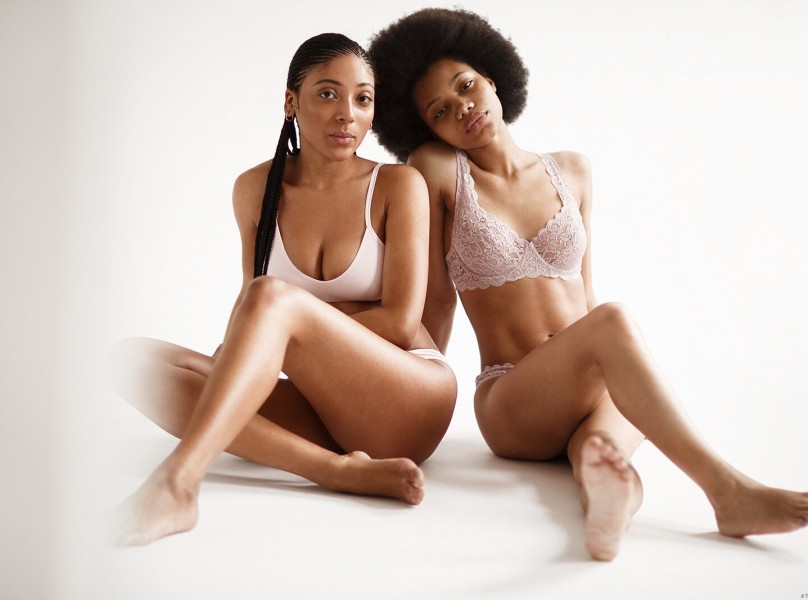



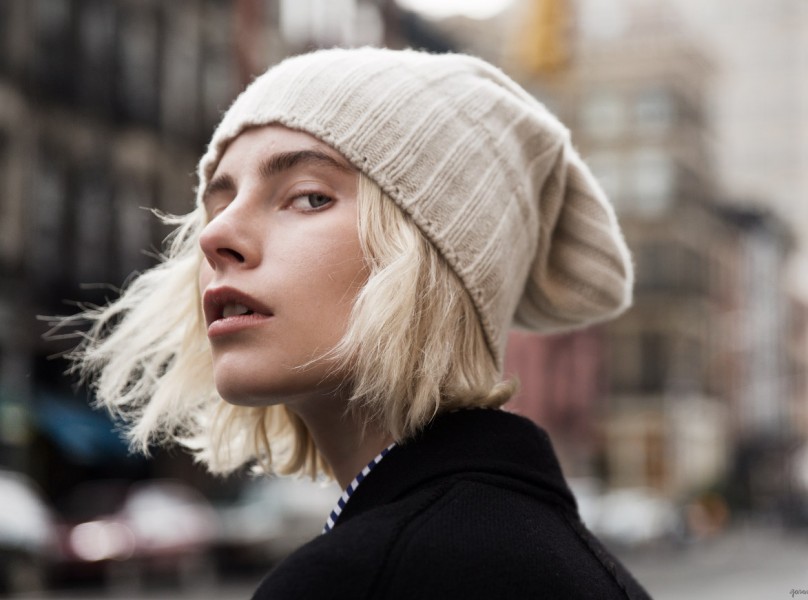
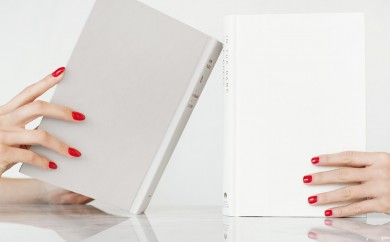

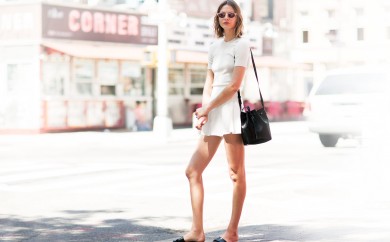
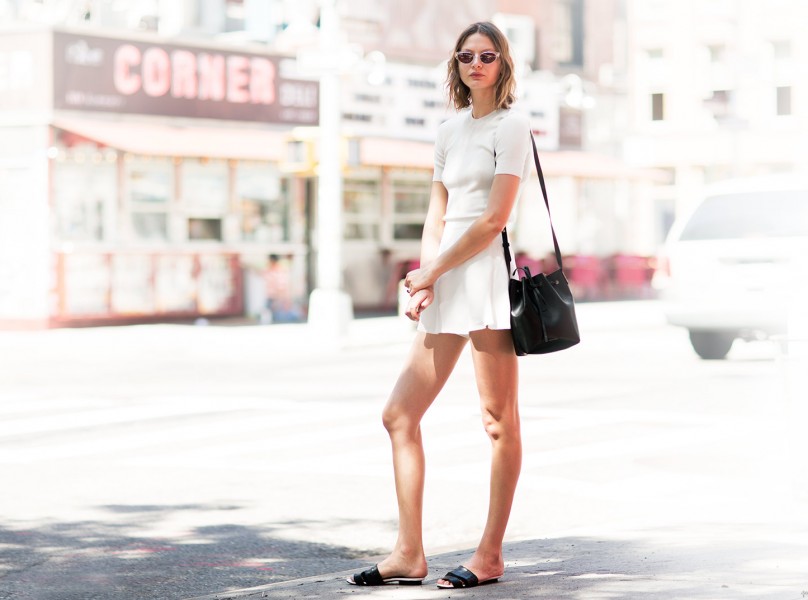
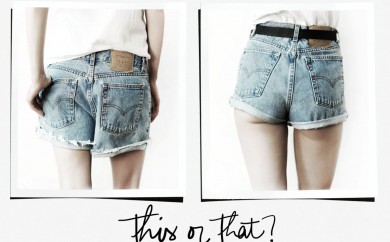
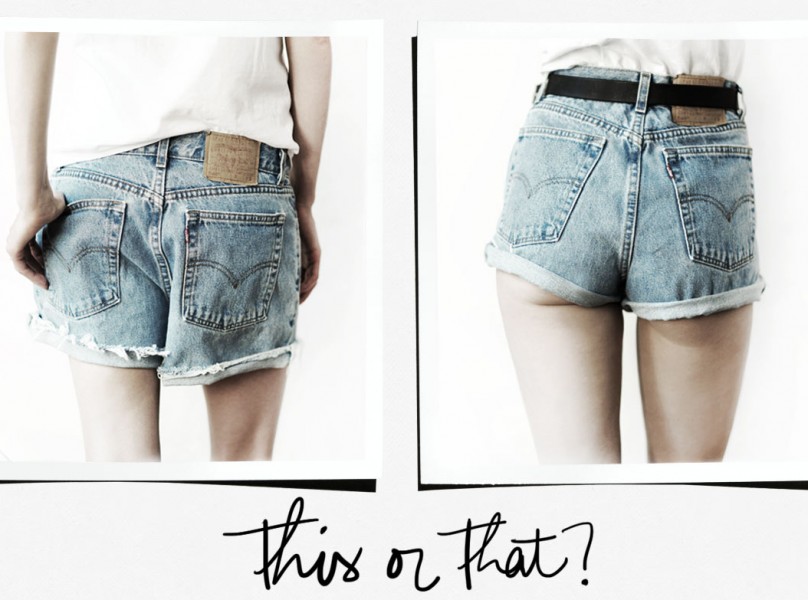








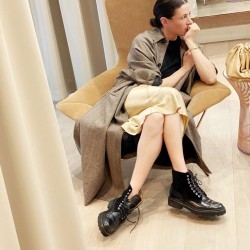



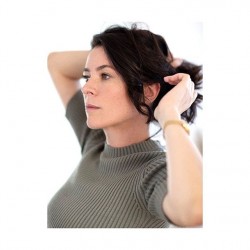
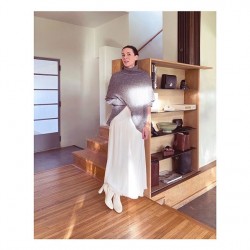
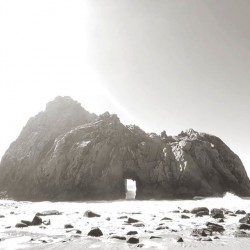
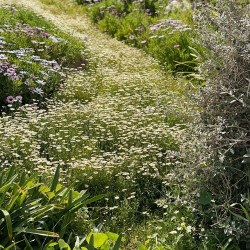


Great article. I never layer products because I know how much it ruins your skin. Same for the rest of my body and hair, I don’t use many cosmetics and I use mostly fragrance-free stuff so I can smell nice with my Caudalie perfume and Moroccan oil fragance in my hair.
I never wear sunscreen even if I live in the South of France because they’re full of chemicals and I have an olive complexion so I need Vitamin D as most of women in the world, the sun is good if you go out at the right time (after 4pm on the beach and before 10pm, I keep a great tan until Christmas and lovely freckles), as well as my 10-year old daughters.
As for the skin, I use a daily moisturiser and a night one which is more hydrating during the night as I have a mixed skin.
I’m a great fan of Caudalie products… But I know lmost cosmetics come from Switzerland in Europe and are sold to any company and the price equals the marketing, they’re the same products, but you just pay for the brand. So my favourite brand is the Lidl one (Cien). Not very eco-friendly but I can’t spend too much money on cosmetics.
Otherwise I don’t use anything or just organic coconut oil and organic argan oil which is the best anti-wrinkle cosmetics ever. But it’s greasy, only for the night and with a towel!
Mafalda, PLEASE use a mineral sunscreen! They are NOT full of chemicals – it’s just minerals from the earth, but they are protective against sun damage and skin cancer. My husband spent his teenage years sunscreen-free on the beaches of Long Island, NY, and he’s now dealing with trips to the dermatologist every 3 months to have pre-melanomas and yes, a melanoma, removed from his upper arm. It’s left a large scar and indentation and I fear I will never stop worrying about losing him. He has dark hair and olive skin – but it doesn’t matter – the sun is more powerful now due to ozone depletion. You can get your daily dose of Vitamin D in a short exposure to the sun. Educate yourself about this and take care of your daughters and yourself, please. They need their mom!
Skincare has become very complicated. If you stick to one brand will you see better results and have less a chance of layering the wrong ones?
I’m confused by this contradiction, can someone clarify?
“Meanie further notes that vitamin C and retinol also don’t play well together…” yet, below that, it’s recommended to use retinol, vitamin C, and peptides together. Do the peptides help the vitamin C and retinol play well together? Or is it the order of the application?
They don’t go well together when one is used on top of the other, but they are great ingredients if you use, say, retinol 3 nights a week, Vitamin C on the others, and peptides in the morning. It’s especially important to use sunscreen on the morning after using retinol and Vit C the night before, even though some also use Vit C in the morning. With retinol it’s very important to start with a softer one, and only every three days or so, and to build it up slowly. Check out Dr. Sam Bunting or Caroline Hirons for more info!
fron
Any recommendations for an AHA cleanser? I have not been able to locate one. Would love a few suggestions to try!
Is it best to apply my face oil before or after my night cream? I am a before girl but maybe some expert advice? Or is it all a preference thing. Not greatest chem so will stick to the oil and a cream:) ….sure no face explosions pending.
This is a great article. When I use Retinol product to help with my wrinkles, it works really good and deep but I need to follow with my sunscreen to protect my skin.